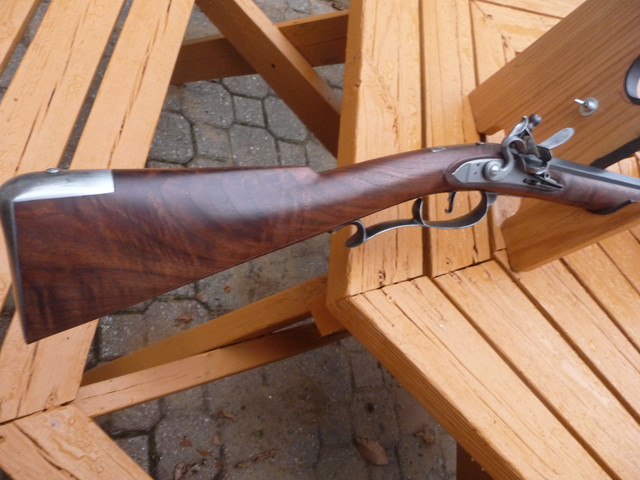Many Klatch
69 Cal.
- Joined
- May 19, 2006
- Messages
- 3,498
- Reaction score
- 265
I always understood that the reason Black Walnut was used in US Military gunstocks is that it machined easier. Maple can be difficult to cut quickly on a duplicating lathe but Black Walnut is much easier.








